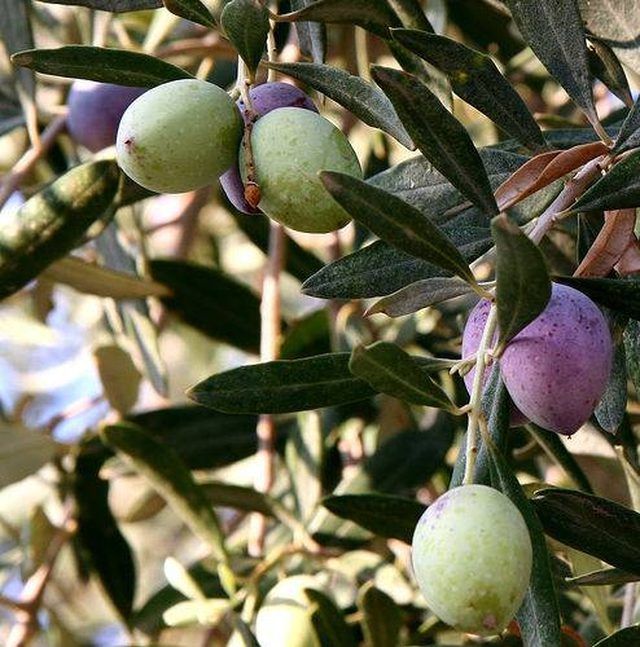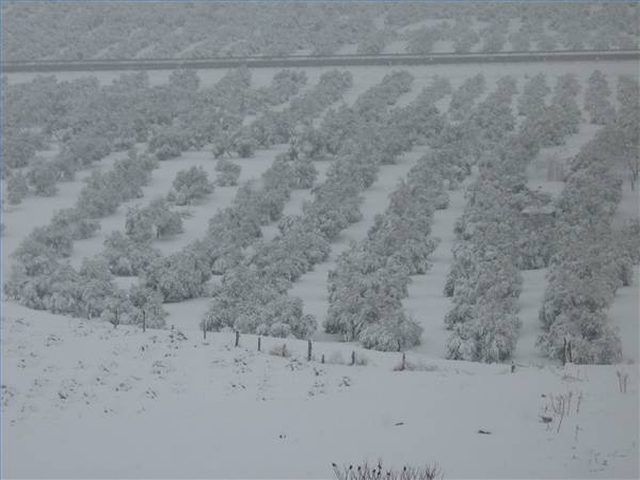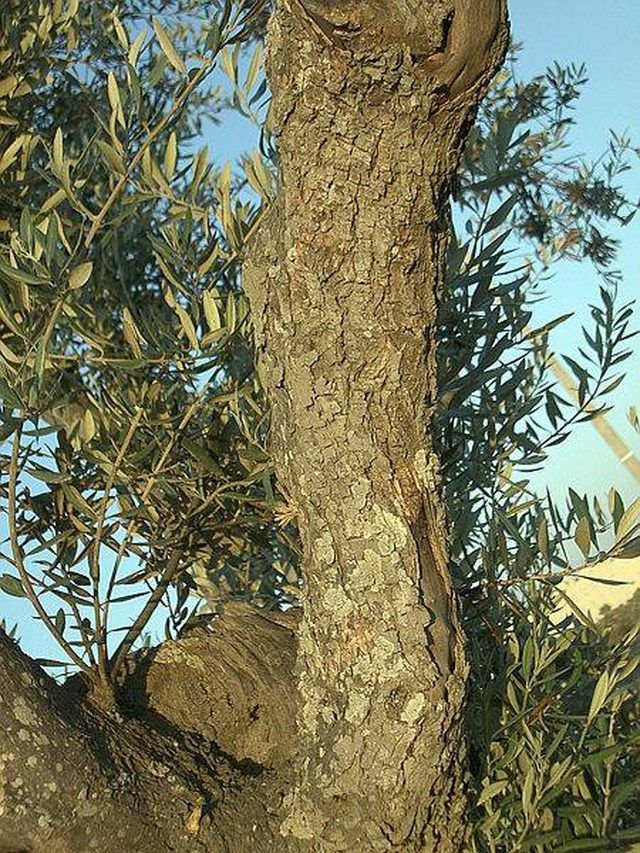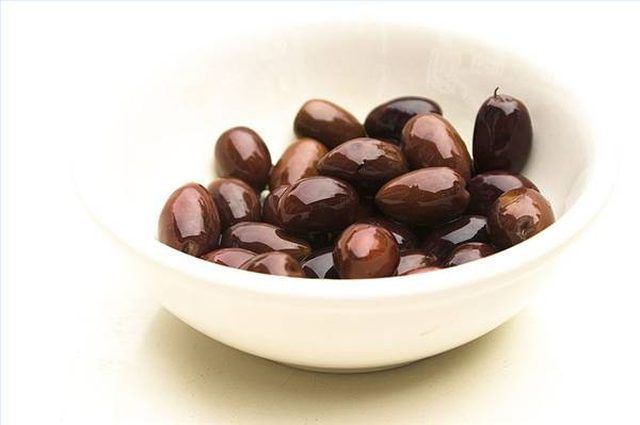Bulbs
Flower Basics
Flower Beds & Specialty Gardens
Flower Garden
Garden Furniture
Garden Gnomes
Garden Seeds
Garden Sheds
Garden Statues
Garden Tools & Supplies
Gardening Basics
Green & Organic
Groundcovers & Vines
Growing Annuals
Growing Basil
Growing Beans
Growing Berries
Growing Blueberries
Growing Cactus
Growing Corn
Growing Cotton
Growing Edibles
Growing Flowers
Growing Garlic
Growing Grapes
Growing Grass
Growing Herbs
Growing Jasmine
Growing Mint
Growing Mushrooms
Orchids
Growing Peanuts
Growing Perennials
Growing Plants
Growing Rosemary
Growing Roses
Growing Strawberries
Growing Sunflowers
Growing Thyme
Growing Tomatoes
Growing Tulips
Growing Vegetables
Herb Basics
Herb Garden
Indoor Growing
Landscaping Basics
Landscaping Patios
Landscaping Plants
Landscaping Shrubs
Landscaping Trees
Landscaping Walks & Pathways
Lawn Basics
Lawn Maintenance
Lawn Mowers
Lawn Ornaments
Lawn Planting
Lawn Tools
Outdoor Growing
Overall Landscape Planning
Pests, Weeds & Problems
Plant Basics
Rock Garden
Rose Garden
Shrubs
Soil
Specialty Gardens
Trees
Vegetable Garden
Yard Maintenance
Characteristics of the Olive Tree
Characteristics of the Olive Tree. The olive is one of the core agricultural products of the Mediterranean diet, along with grain and the grape. The tree, its fruit and the oil derived from it have achieved iconic status in Western and Middle Eastern culture. The plant is a tough, resilient producer that can thrive under difficult conditions.

The olive is one of the core agricultural products of the Mediterranean diet, along with grain and the grape. The tree, its fruit and the oil derived from it have achieved iconic status in Western and Middle Eastern culture. The plant is a tough, resilient producer that can thrive under difficult conditions.
Geography
The olive tree is native to the eastern Mediterranean. It has since spread around the world. However, the main olive-producing region is the classic world of the Mediterranean and Mesopotamia, embracing the entire Mediterranean basin, those parts of North Africa and Southern Europe that face the Atlantic (Morocco and Portugal), and as far east as northern Iran.
The Tree
These trees tend to be short and stocky. While only the rarest olive tree ever reaches a height over 40 feet, it is easy to find gnarled old olive trees with trunks that are 10 feet in diameter. They are evergreen, with very hard wood, and have an extensive root system that allows them to endure droughts and arid conditions well. The trees are extremely hardy. A properly cared-for olive tree can be productive for several hundred years. They endure cold well, but temperatures below 14 degrees Fahrenheit will damage them.

Soil
Olive trees prefer coastal areas and calcareous soils. Given their ability to thrive under dry conditions and in rocky, limestone-encrusted areas, this makes the plant an ideal candidate for planting in rocky Mediterranean soil that wouldn't support much else.

The Fruit
The olive is almost inedible as a ripe fruit, and some varieties are marginally poisonous. To make them edible, they are typically either fermented or cured. Olives are harvested throughout the autumn, with some varieties not reaching their peak until mid-winter.

The Oil
Olive oil is extracted by grinding the fruit into a paste. The oil is removed mostly by use of a centrifuge and then filtration. Some factories go on to get the last bit of oil out of the paste by using chemical solvents.
Pests
Olive trees are vulnerable to a few specific pests. Rabbits tend to eat the bark, which has the potential to damage and even kill the trees if allowed to go too far. The curcillo beetle gnaws on the leaves, and the black scale bug can infest the trunk and damage fruit production. Finally, there is a species of fly that directly attacks the olives.